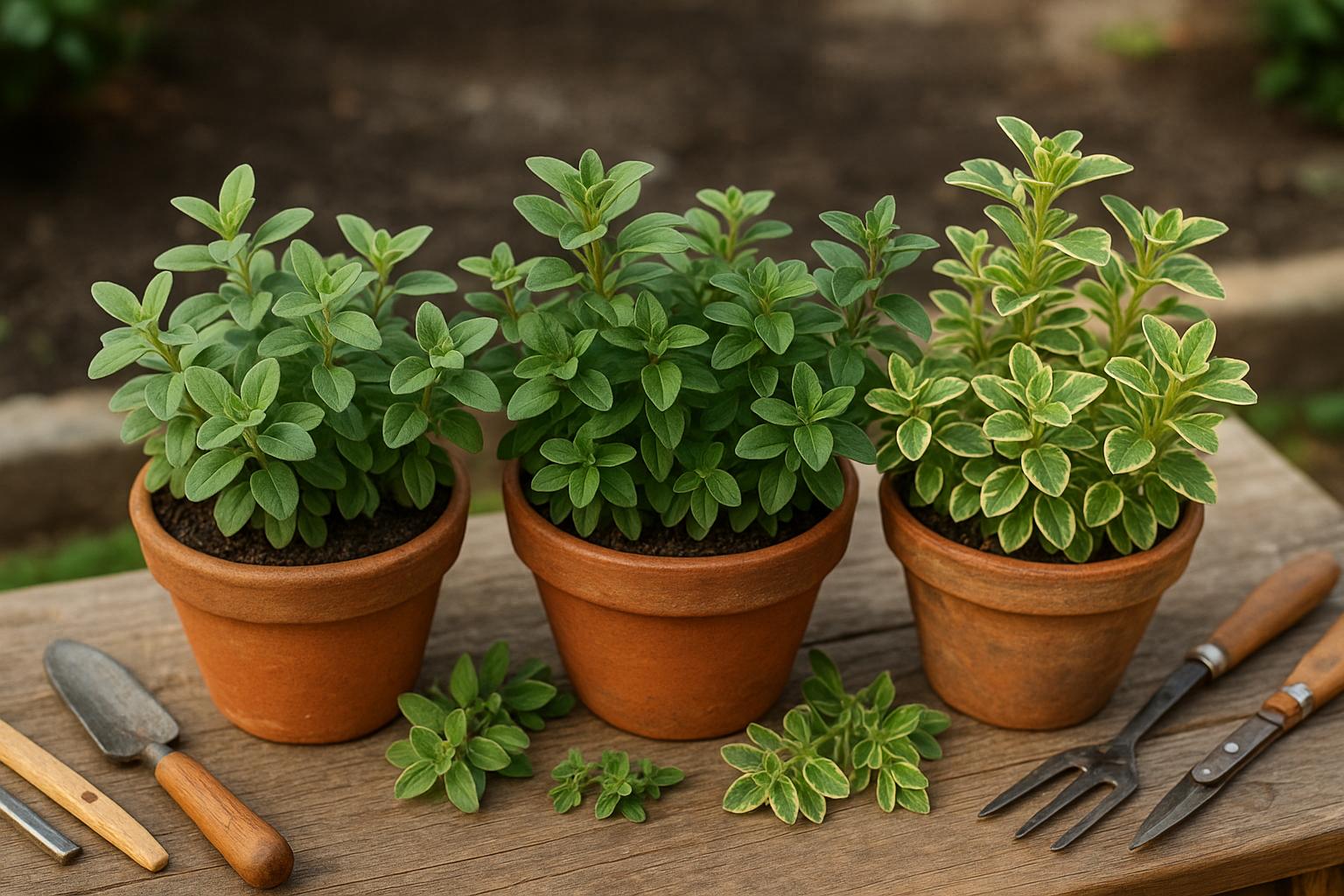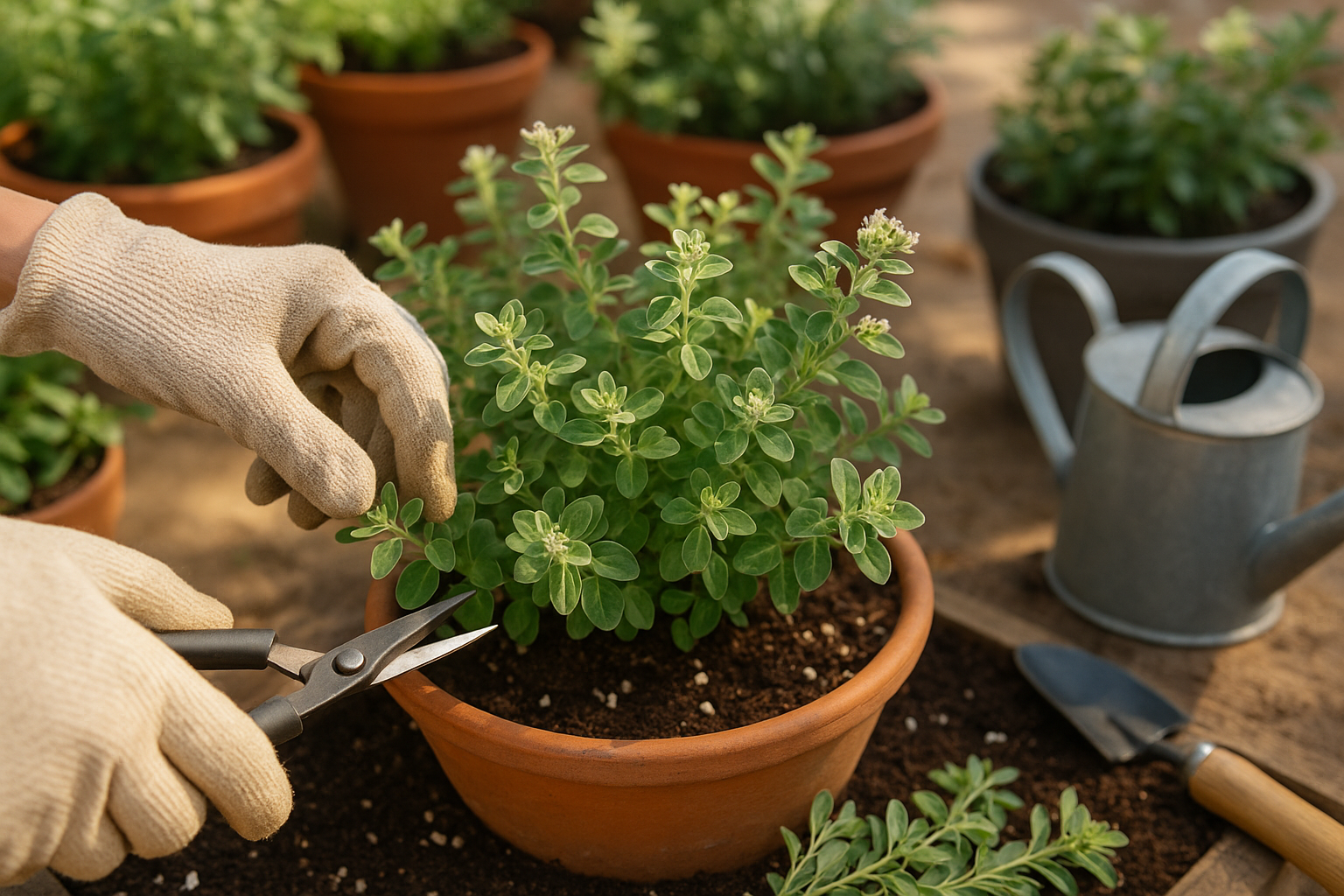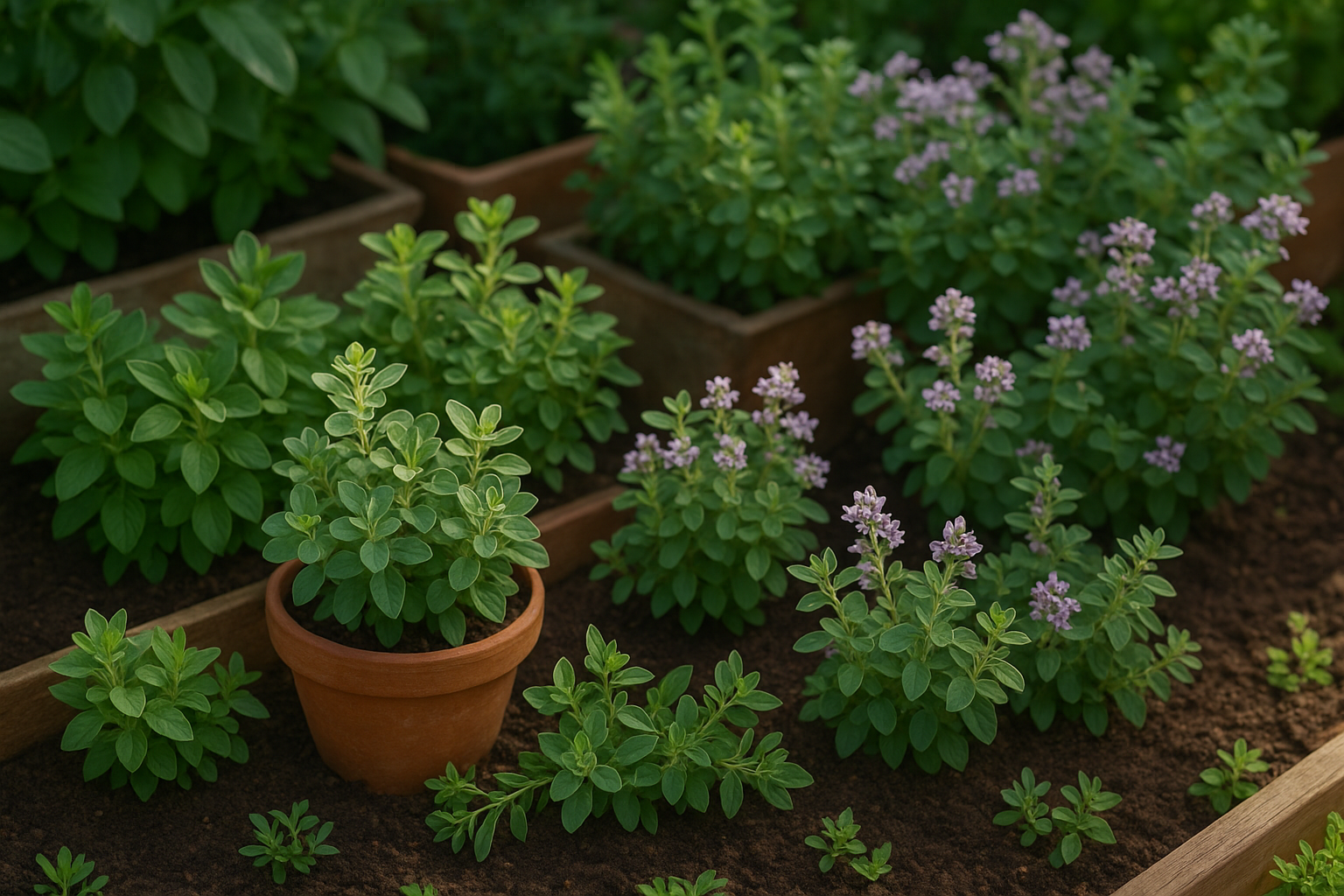Introduction to Marjoram and Its Varieties
If you’re searching for the best marjoram varieties to add vibrant flavor and fragrance to your herb garden, you’re in the right place. Marjoram is a beloved aromatic herb known for its sweet, citrusy notes that elevate everything from soups and salads to home remedies.
While many home gardeners stick to the classic sweet marjoram, there’s a rich diversity among marjoram types—each offering unique flavors, aromas, and growing habits. Exploring these lesser-known varieties can transform your kitchen dishes and garden beds alike, making your gardening journey more rewarding.
In this article, you’ll discover the most popular and distinctive marjoram varieties, learn how they differ in taste, look, and care requirements, and get practical tips on how to successfully grow them at home—whether in garden beds, containers, or on a sunny windowsill. If you love experimenting with flavors and want lush, healthy herbs at your fingertips, read on!
Popular Types of Marjoram

Among the most popular types of marjoram, sweet marjoram (Origanum majorana) stands out for its delicate, slightly sweet flavor and floral aroma. Originating from the Mediterranean, this variety is commonly used in European and Middle Eastern cuisines to season soups, salads, sausages, and meats, adding subtle warmth without overpowering other herbs.
Wild marjoram—more commonly known as oregano (Origanum vulgare)—has a bolder, earthier taste that’s almost peppery, making it a staple in Italian and Greek dishes like pizza, pasta sauces, and grilled vegetables. Native to Europe and Western Asia, oregano is valued not only for its robust flavor but also for its antibacterial and antioxidant properties.
Pot marjoram (Origanum onites), another Mediterranean native, is a lesser-known type featuring a flavor halfway between sweet marjoram and oregano—spicy yet milder than oregano. It’s often used interchangeably with other marjorams in cooking and herbal teas, as well as in folk medicine for digestive and respiratory complaints.
When choosing which marjoram to use in your kitchen, consider the role you want the herb to play: sweet marjoram offers a gentler touch, while oregano and pot marjoram provide more assertive flavors. A helpful tip: if a recipe calls for marjoram and you only have oregano, use about half the amount to avoid overpowering the dish. This flexibility lets you enjoy marjoram’s unique qualities no matter where you’re cooking.
Unique Characteristics of Each Cultivar
Each cultivar brings its own personality to the garden, standing out through unique growth habits—some are compact and bushy, while others stretch with trailing vines or upright stalks.
Leaf shapes vary widely; for instance, basil’s classic broad, glossy leaves contrast sharply with the frilly, curled edges of parsley or the arrow-shaped leaves of some oregano varieties.
Flowering patterns also differ, as seen with chives’ delicate purple puffballs and rosemary’s tiny blue blossoms, which not only add visual interest but can also attract pollinators.
In terms of resilience, cultivars like ‘Genovese’ basil thrive in warm climates, whereas ‘Winter Thyme’ is prized for enduring frost and poor soil.
Sensory characteristics set cultivars apart just as clearly—mint varieties, for example, range from the cool, sharp aroma of peppermint to the sweet, citrusy notes of orange mint.
Taste profiles can be subtle: ‘Italian Flat-Leaf’ parsley offers a robust, almost peppery flavor compared to the milder, grassy notes of curly parsley.
Leaf color is another easy giveaway, with purple basil or ‘Red Russian’ kale turning heads in any garden.
Among home gardeners and chefs, cultivars like ‘Sweet Basil’, ‘German Chamomile’, and ‘Lacinato’ kale are perennial favorites for their balanced flavors, reliable yields, and versatility in dishes.
Color and Size Variations Among Varieties
Marjoram comes in a surprising array of colors and sizes, making it a versatile choice for both culinary gardens and ornamental landscapes. Leaf colors can range from the classic soft green of sweet marjoram to the subtle silvery tones found in Greek marjoram, with some varieties even displaying eye-catching variegation that adds visual interest to borders and herb beds.
When it comes to flowers, marjoram typically produces small, delicate blooms in white, pale pink, or lavender hues. These not only attract pollinators but also give the plant a gentle, cottage-garden feel.
Size is another point of distinction; while most marjoram plants reach about 12 to 24 inches tall, dwarf varieties like ‘Compacta’ stay tidy and low, making them perfect for container gardening or edging pathways. Taller varieties can be used to fill gaps in mixed beds or as fragrant backdrops in herb gardens.
These variations allow gardeners to select marjoram that fits their particular space or aesthetic, whether they’re looking for a subtle accent plant, a lush groundcover, or a standout feature in a mixed border. By picking the right combination of color and size, you can maximize both the beauty and function of marjoram in your garden design.
Rare and Hybrid Marjoram Varieties
Beyond the familiar sweet and wild marjoram, there are rare and hybrid varieties that offer unique flavors and traits, making them exciting additions to any herb collection.
Golden marjoram stands out with its vibrant yellow-green foliage, perfect for brightening up garden borders or containers, while pot marjoram, sometimes called “Cretan marjoram,” brings a milder, slightly floral spice ideal for delicate recipes. Lebanese marjoram—an origanum hybrid—is beloved for its robust aroma and resilience, handling heat and drought better than traditional types.
These uncommon cultivars may need specific conditions, such as well-drained soil or partial shade, and can sometimes be more sensitive to cold. For chefs and home cooks, they provide nuanced flavors and striking garnishes, elevating dishes beyond the ordinary. Gardeners benefit from their ornamental beauty and ability to attract pollinators, making rare marjoram not only a culinary treasure but a garden standout.
How to Grow and Care for Different Marjoram Varieties

To grow healthy marjoram, start by choosing a sunny spot, as this herb loves at least six hours of sunlight daily. Well-draining, moderately fertile soil is best—think loose garden soil or a quality potting mix if you’re planting in a container. Make sure pots have drainage holes to prevent waterlogged roots, a common issue that can stunt growth.
Water marjoram when the soil feels dry about an inch below the surface, but avoid overwatering; marjoram is drought-tolerant once established, and excess moisture can dilute its flavor.
Different Marjoram Varieties
Sweet marjoram (Origanum majorana) is the most commonly grown variety, favored for its delicate, floral fragrance. It’s generally low-maintenance, thriving indoors or outdoors, but will need more frequent watering in containers.
Wild marjoram (Origanum vulgare, often known as oregano) is hardier and can handle poorer soils and colder temperatures, making it a great option if you have less time for fussing—just give it more room, as it tends to spread.
For more exotic cultivars like pot marjoram or golden marjoram, prioritize slightly richer soil and shelter them from strong winds to avoid damage.
Care Tips for All Varieties
- Frequent harvesting encourages bushier growth; simply pinch back the tips regularly.
- For the richest flavor, snip marjoram leaves just before flowering in the morning when oils are most concentrated.
- A little stress, such as allowing the soil to dry between waterings or providing slightly leaner soil, can actually intensify the plant’s signature taste.
Conclusion and Choosing the Right Marjoram
Exploring different marjoram varieties can add new flavors and aromas to your cooking, from the sweet, mild taste of sweet marjoram to the stronger notes of wild marjoram. When deciding which type to grow or buy, consider your needs—sweet marjoram is perfect for delicate dishes like soups and salads, while oregano-like wild marjoram holds up well in hearty sauces and roasts.
If you have the space, try planting a few types side by side and experiment in the kitchen to discover which flavors you prefer. Mixing varieties not only enhances your recipes but also livens up your herb garden.
